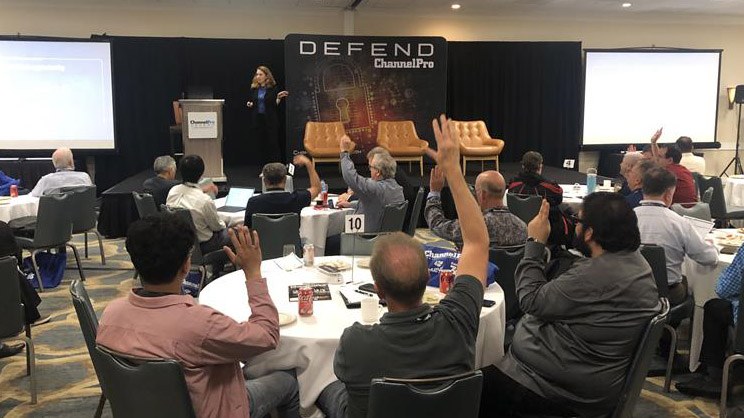BAD BOSSES. Most of us have had one and vowed not to be one. When I discovered I was one after launching Pileus Technologies in 2018, I took steps to change our culture to one that prioritizes teamwork and builds relationships, not just among employees but among customers, vendors, and peers.
Part of me becoming a better team member was to institute weekly staff meetings where people are free to air issues so we can work them through together. In addition, two key tools helped me change course. The first is a book called The Canoe Theory, by Dave Hibbard, which reshaped my thought process about developing teams and getting the right personalities in place to move the business forward.
When we hire, we look for the right personality to steer our “canoe” toward our goals. We run DiSC profiles on candidates to determine if they will be able to communicate effectively with customers. During the interview, we set expectations of how we want our customers treated.
The second tool I put in place is the Crewhu employee recognition and customer satisfaction platform. In addition to engaging our team around CSAT scores and recognizing individual contributions, Crewhu enabled us to gamify our documentation process. Now our techs get points for finding data that needs to be updated, making edits, and creating or deleting a document. At the end of every month whoever accumulates the most points gets a gift card or some other reward. This all happens automatically through integration with our IT Glue documentation software.
Documentation is something we’ve stressed since I started Pileus after buying the IT service division from my previous employer. It is key to our teamwork approach with our customers. While some MSPs may assign one key tech to a customer, we take pride that anyone on our team, from a Level 1 to a Level 3, will be able to solve their problems because all the answers are at their fingertips.
For instance, in addition to documenting the configurations from our RMM, we document checklists, knowledge base articles, and other content that ties back to specific assets or configurations that a tech will need when servicing the customer.
We also give customers a login so they can see the documentation we created for them, because they are part of our “team.” For each customer, we designate a “champion” to work with us and the company’s employees to get buy-in to and to feel included in our solution. We let them know they can call us whenever they need something and will be treated respectfully.
Based on feedback from our techs, who early on had some account management duties, we brought on an account manager who continues to nurture those client relationships, getting to know them on a more personal level and showing them that we are really listening to their concerns.
Relationship building and teamwork extend to our vendors as well. We cultivate relationships with vendors that we may not do business with today because we may use them tomorrow. Part of the vetting includes how we are treated in the sales process—are we being herded like cattle or are we being shown that we’re not just a number but will truly be part of their team?
Finally, as a newcomer to the channel, I’ve discovered there is a plethora of information out there and people who have been in my shoes who are willing to share their knowledge. I’ve learned a lot through building relationships with peers as well as grown businesses. Being part of ASCII Group, for example, we can put the word out that we need boots on the ground in a particular location, and we’ve reciprocated when peers are seeking the same in our area.
The relationships we foster make Pileus both agile and resilient. And with a stronger culture of teamwork both internally and externally, we are able to better serve our customers because our employees are invested in their outcomes and our business success.
Photo: Gavin Peters












